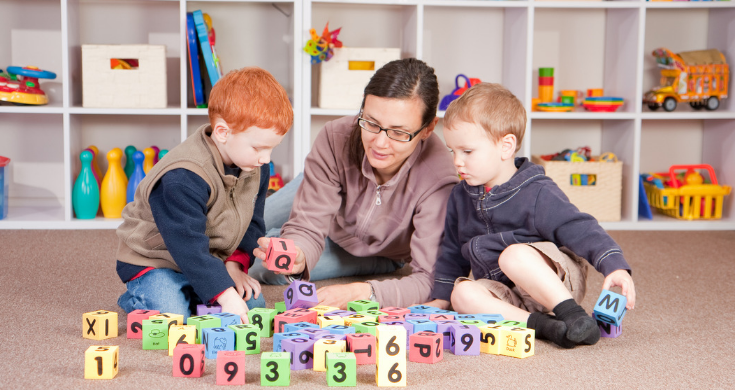
We live in a technological age where we are constantly surrounded by fake news and hoaxes that can be difficult for adults to spot, never mind children. In fact, a study showed that approximately 82% of kids could not determine what was real and what was fake in terms of news reports. It is important to ensure that your child has maintained an adequate understanding of how to spot internet hoaxes so that they are not victims of potential hoaxing in the future.
Key Takeaways:
- Many times our kids are wont to ask us if a source is good to use when they are researching for items for their essay or paper.
- Because one cannot define what is reliable and most parents did research with catalogs and library cards, they find it difficult helping their kids research online.
- It has been observed that when it comes to filtering reliable information from biased information on the internet, kids are not adept as their parents are.
“Among their findings was that 82 percent of middle schoolers could not tell the difference between a news story and native advertising (aka sponsored content). And 60 percent trusted an image posted on social media at face value — like the (fake) image of a daisy growing in a nuclear zone that pops up on social media feeds every few years.”

